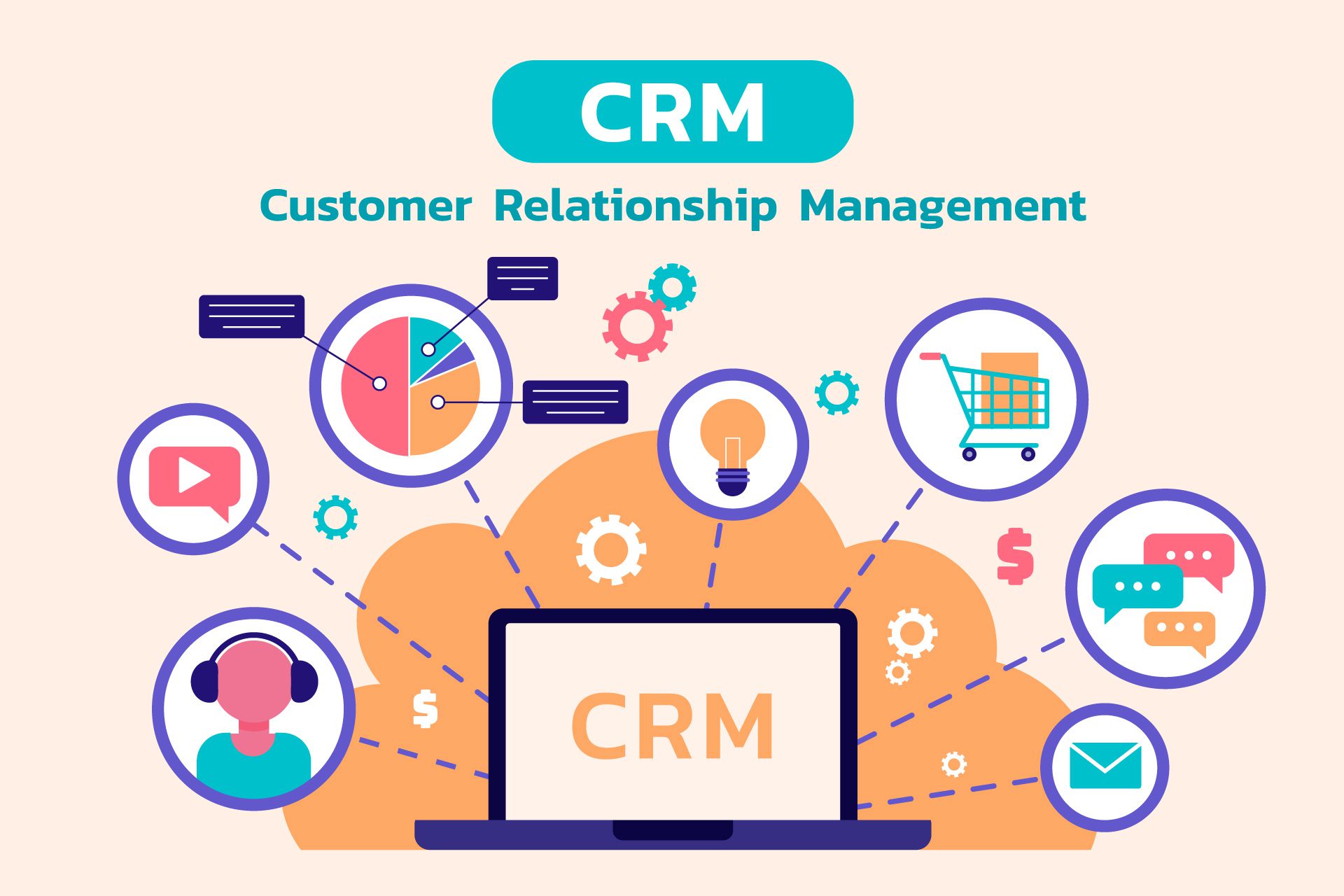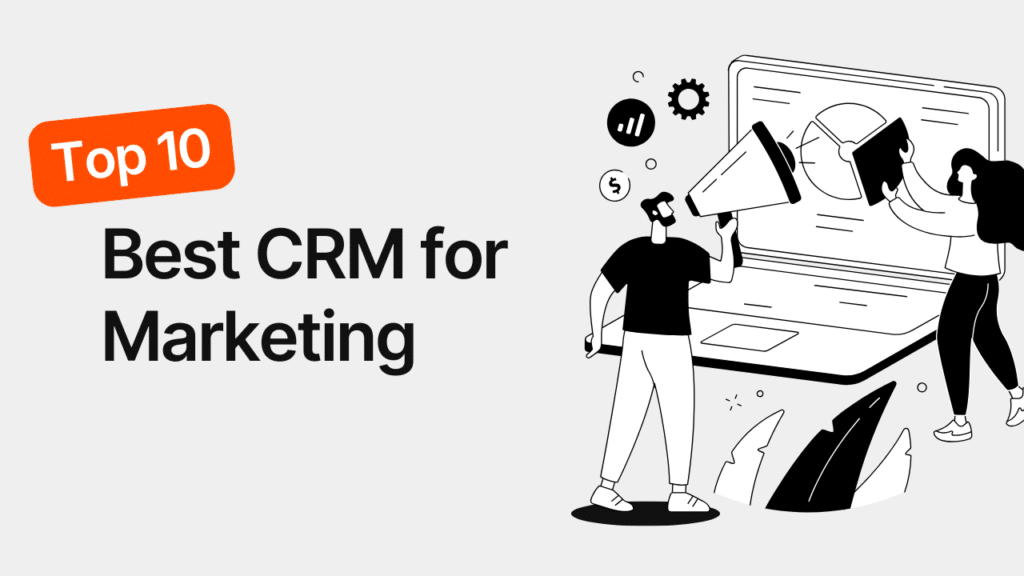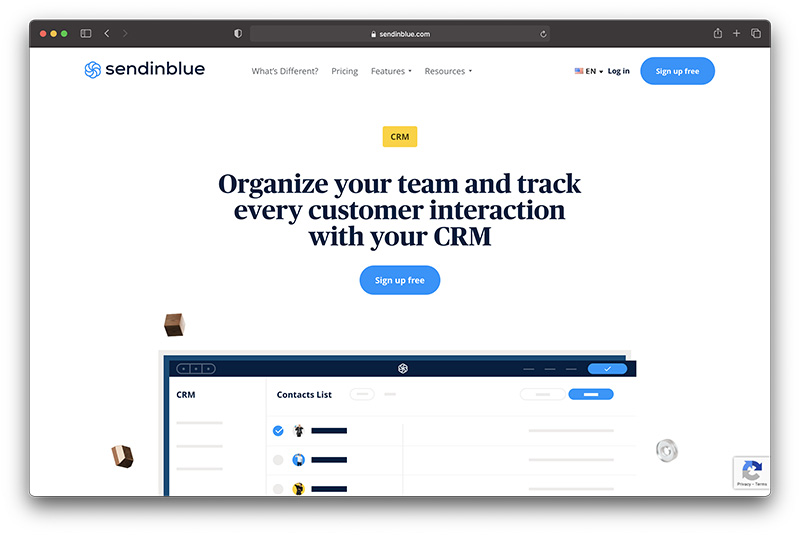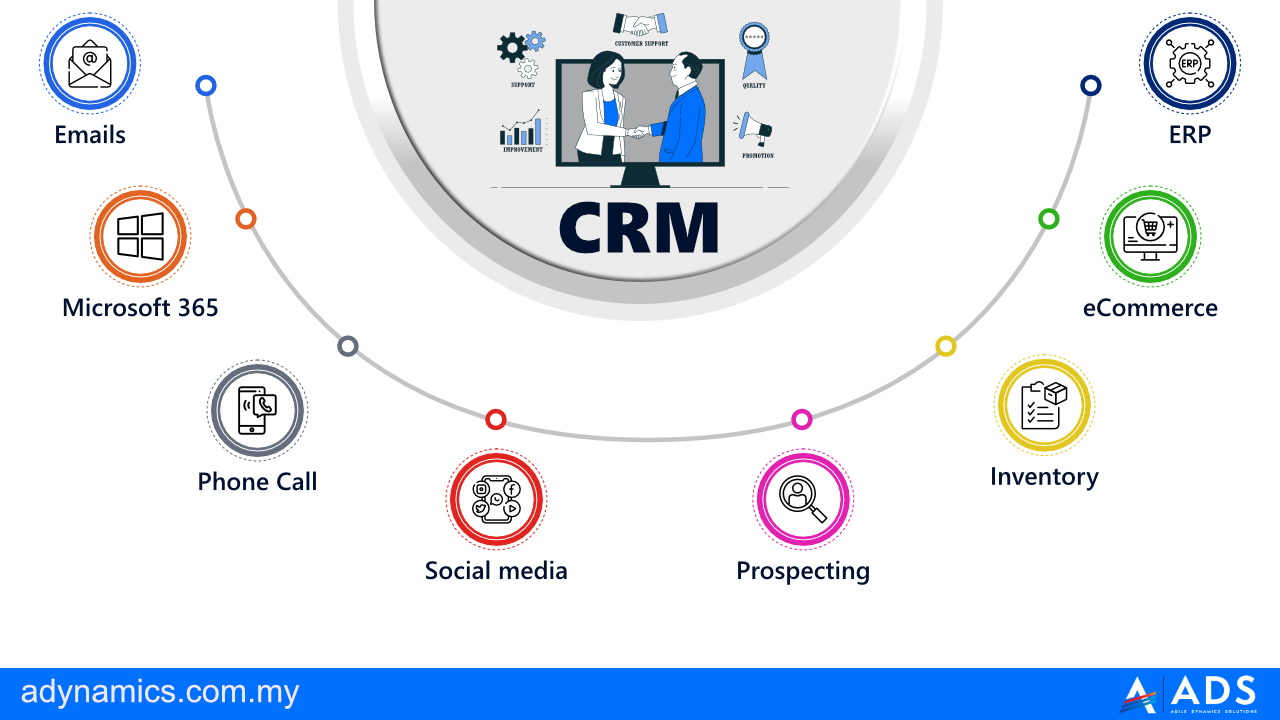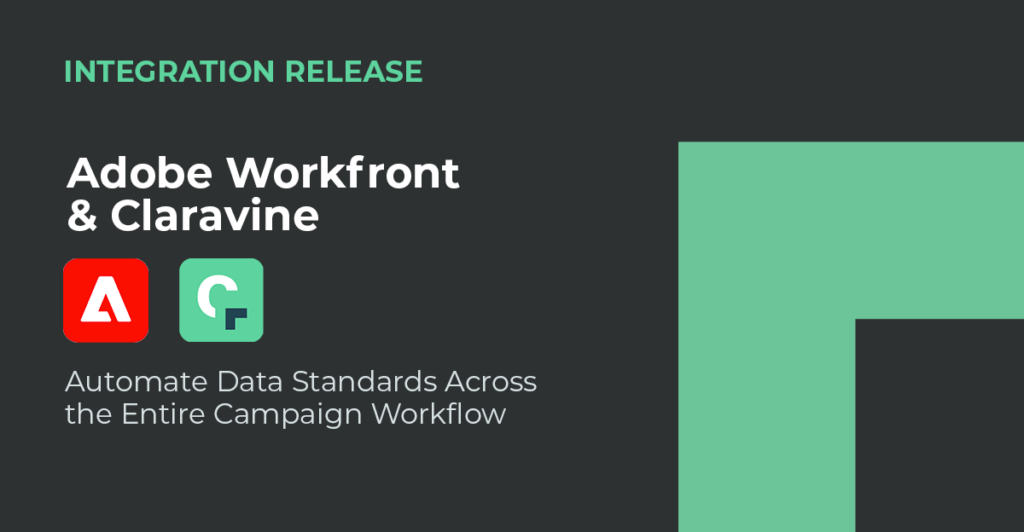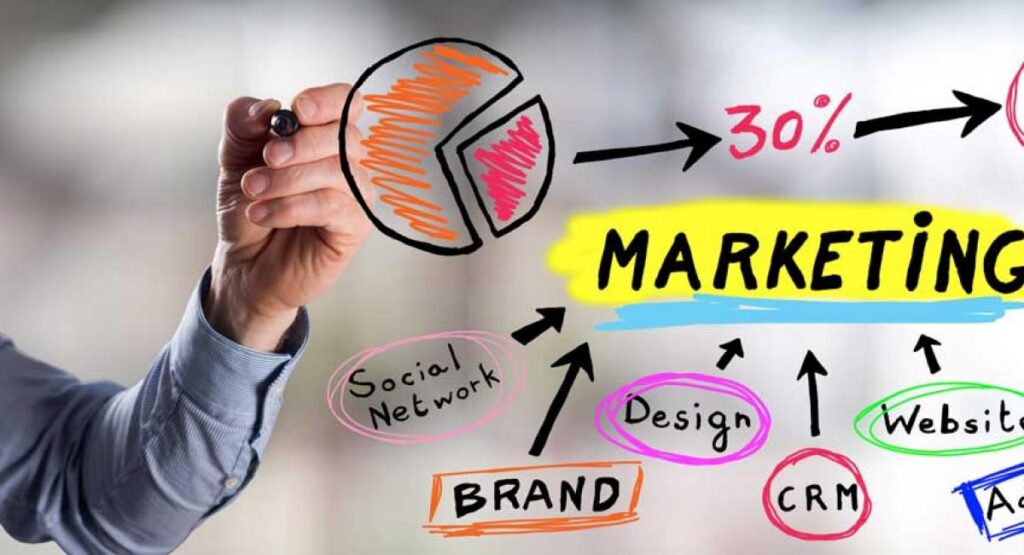
In today’s hyper-competitive business landscape, staying connected with your audience is paramount. And what better way to nurture those vital relationships than through the power of CRM marketing newsletters? These aren’t just emails; they’re strategic tools designed to engage, inform, and ultimately, drive conversions. This comprehensive guide will delve deep into the world of CRM marketing newsletters, equipping you with the knowledge and strategies to create newsletters that truly resonate with your subscribers.
What is a CRM Marketing Newsletter?
At its core, a CRM (Customer Relationship Management) marketing newsletter is a personalized email communication sent to your subscribers, leveraging data gleaned from your CRM system. This data can include everything from purchase history and browsing behavior to demographics and expressed interests. By understanding your audience at such a granular level, you can craft highly targeted newsletters that deliver relevant content and offers. Think of it as a conversation, not a broadcast. You’re not just shouting into the void; you’re having a meaningful dialogue with each individual subscriber.
Unlike generic email blasts, CRM newsletters are designed to be dynamic and adaptable. They evolve based on the subscriber’s interactions, ensuring that each email feels tailored and valuable. This level of personalization is key to cutting through the digital noise and capturing your audience’s attention.
Why are CRM Marketing Newsletters Important?
The significance of CRM marketing newsletters stems from their ability to foster lasting customer relationships and drive tangible business results. Here’s a breakdown of the key benefits:
- Increased Engagement: Personalized content leads to higher open and click-through rates. Subscribers are more likely to engage with emails that address their specific needs and interests.
- Improved Customer Retention: Regular, valuable communication keeps your brand top-of-mind and builds loyalty. Newsletters provide opportunities to reinforce your brand’s value proposition and remind customers why they chose you in the first place.
- Enhanced Lead Nurturing: CRM newsletters are an excellent tool for guiding leads through the sales funnel. You can deliver targeted content and offers based on their stage in the buying process.
- Boosted Sales and Revenue: By promoting relevant products and services, CRM newsletters can directly drive sales and increase revenue. They provide a direct channel to showcase your offerings and incentivize purchases.
- Data-Driven Insights: CRM newsletters provide valuable data on subscriber behavior, allowing you to refine your marketing strategies and improve your overall performance. You can track open rates, click-through rates, and conversion rates to understand what resonates with your audience.
- Cost-Effectiveness: Compared to other marketing channels, CRM newsletters are a relatively inexpensive way to reach a large audience. The ROI can be significant, especially when you factor in the increased engagement and conversions.
Key Components of a Successful CRM Marketing Newsletter
Creating a successful CRM marketing newsletter involves more than just sending out emails. It requires careful planning, strategic content creation, and a focus on providing value to your subscribers. Here are the essential components:
1. Segmentation: Know Your Audience
Segmentation is the cornerstone of effective CRM marketing. It involves dividing your subscribers into distinct groups based on shared characteristics, behaviors, or interests. This allows you to tailor your content and offers to each segment, maximizing relevance and engagement.
Common segmentation criteria include:
- Demographics: Age, gender, location, income, etc.
- Purchase History: Products purchased, frequency of purchases, average order value, etc.
- Website Behavior: Pages visited, products viewed, time spent on site, etc.
- Engagement: Open rates, click-through rates, email interactions, etc.
- Lead Source: How they entered your database (e.g., website signup, event registration, referral).
- Customer Lifecycle Stage: New customer, existing customer, loyal customer, at-risk customer, etc.
The more granular your segmentation, the better you can personalize your newsletters. Remember to regularly update your segments as your customers’ needs and behaviors evolve.
2. Content Strategy: Provide Value
The content of your CRM marketing newsletter is what will ultimately determine its success. Your goal should be to provide valuable, relevant, and engaging content that your subscribers look forward to receiving. Think about what your audience wants to know, what problems they need solved, and how your brand can help.
Content ideas include:
- Product Updates and Announcements: Showcase new products, features, or improvements.
- Exclusive Offers and Promotions: Offer discounts, special deals, and early access to sales.
- Educational Content: Share helpful tips, tutorials, and industry insights.
- Customer Success Stories: Highlight how your products or services have helped others.
- Behind-the-Scenes Content: Give your audience a glimpse into your company culture and values.
- Industry News and Trends: Keep your subscribers informed about what’s happening in their industry.
- Event Invitations: Promote upcoming webinars, conferences, or other events.
- Curated Content: Share links to relevant articles, blog posts, and videos from other sources.
The key is to strike a balance between promotional content and valuable information. Don’t bombard your subscribers with sales pitches; instead, focus on building relationships and establishing your brand as a trusted resource.
3. Personalization: Tailor the Experience
Personalization is the magic ingredient that transforms a generic email into a compelling communication. By leveraging the data in your CRM system, you can create newsletters that feel tailored to each individual subscriber.
Ways to personalize your newsletters:
- Use the subscriber’s name: Address them by name in the subject line and body of the email.
- Recommend products based on their purchase history: Suggest items they might be interested in based on their past purchases.
- Offer personalized discounts: Provide exclusive deals based on their purchase history or engagement level.
- Segment content based on interests: Tailor the content to match their expressed preferences.
- Send triggered emails based on behavior: Send welcome emails, abandoned cart reminders, or birthday greetings.
The more personalized your newsletters, the more likely your subscribers are to engage with them. It shows that you understand their needs and value their business.
4. Design and Formatting: Make it Visually Appealing
The design and formatting of your CRM marketing newsletter play a crucial role in its success. A well-designed email is more likely to capture attention and encourage engagement. Here are some best practices:
- Keep it clean and uncluttered: Use a simple, easy-to-read layout.
- Use high-quality images: Incorporate visuals that are relevant and visually appealing.
- Use a clear and concise subject line: Make it enticing and relevant to the email content.
- Use a consistent brand identity: Maintain your brand’s colors, fonts, and logo.
- Make it mobile-friendly: Ensure your email looks good on all devices.
- Use a call-to-action (CTA): Include clear and compelling CTAs that encourage subscribers to take action.
- Test your emails: Send test emails to yourself and others to ensure they render correctly.
A visually appealing newsletter is more likely to leave a positive impression on your subscribers and drive conversions.
5. Automation: Streamline the Process
Automation is your secret weapon for scaling your CRM marketing efforts. By automating certain tasks, you can save time and resources while ensuring consistency in your communication. Here are some examples of automation:
- Welcome emails: Automatically send a welcome email to new subscribers.
- Abandoned cart reminders: Send reminders to customers who left items in their cart.
- Birthday greetings: Send personalized birthday emails with a special offer.
- Re-engagement campaigns: Send emails to subscribers who haven’t engaged in a while.
- Lead nurturing sequences: Send a series of emails to nurture leads through the sales funnel.
Automation allows you to deliver timely and relevant communications without manual intervention. It frees up your time to focus on other important tasks, such as content creation and strategy development.
6. Tracking and Analytics: Measure Your Success
Tracking and analytics are essential for measuring the effectiveness of your CRM marketing newsletters. By monitoring key metrics, you can identify what’s working, what’s not, and make data-driven decisions to optimize your performance. Here are some key metrics to track:
- Open rate: The percentage of subscribers who opened your email.
- Click-through rate (CTR): The percentage of subscribers who clicked on a link in your email.
- Conversion rate: The percentage of subscribers who completed a desired action (e.g., made a purchase).
- Bounce rate: The percentage of emails that were not delivered.
- Unsubscribe rate: The percentage of subscribers who unsubscribed from your list.
- Revenue per email: The amount of revenue generated by each email.
- List growth rate: The rate at which your subscriber list is growing.
Use these metrics to identify areas for improvement and make data-driven decisions about your content, design, and segmentation. A/B testing is a valuable technique for optimizing your newsletters. Test different subject lines, content variations, and calls-to-action to see what resonates best with your audience.
Building Your CRM Marketing Newsletter: Step-by-Step Guide
Now that you understand the key components of a successful CRM marketing newsletter, let’s outline a step-by-step guide to help you get started:
- Define Your Goals: What do you want to achieve with your newsletter? Increase sales, improve customer retention, generate leads, or all of the above? Defining your goals will guide your content strategy and help you measure your success.
- Choose a CRM Platform: Select a CRM platform that meets your business needs and allows you to segment your audience, personalize your emails, and track your results. Popular options include Salesforce, HubSpot, Mailchimp, and ActiveCampaign.
- Segment Your Audience: Identify the different segments within your subscriber list based on demographics, behavior, and interests.
- Develop a Content Calendar: Plan your content in advance. Create a content calendar that outlines the topics, frequency, and send times of your newsletters.
- Design Your Template: Create a visually appealing email template that reflects your brand identity.
- Write Compelling Content: Craft engaging and relevant content that provides value to your subscribers.
- Personalize Your Emails: Use subscriber data to personalize your emails.
- Set Up Automation: Automate tasks such as welcome emails, abandoned cart reminders, and birthday greetings.
- Test Your Emails: Send test emails to ensure they render correctly and that all links work.
- Send Your Newsletter: Send your newsletter to your subscribers.
- Track and Analyze Your Results: Monitor your key metrics and make data-driven decisions to optimize your performance.
Best Practices for CRM Marketing Newsletters
To maximize the effectiveness of your CRM marketing newsletters, consider these best practices:
- Build Your List Organically: Don’t purchase email lists. Instead, focus on building your list organically through opt-in forms on your website, social media promotions, and other marketing activities.
- Offer a Clear Value Proposition: Clearly communicate the benefits of subscribing to your newsletter. What will subscribers receive?
- Respect Your Subscribers’ Preferences: Give subscribers the option to manage their preferences, such as the frequency of emails and the types of content they receive.
- Optimize for Mobile: Ensure your emails are mobile-friendly. Most people check their email on their mobile devices.
- Use a Consistent Sending Schedule: Establish a regular sending schedule and stick to it. This helps build anticipation and keeps your brand top-of-mind.
- Keep Your Emails Concise: Get to the point and avoid overwhelming your subscribers with too much information.
- Use a Professional Email Address: Use a professional email address, such as [email protected], instead of a generic email address.
- Comply with Email Regulations: Adhere to all email marketing regulations, such as CAN-SPAM and GDPR.
- Monitor Your Sender Reputation: Ensure your sender reputation is good to avoid your emails being marked as spam.
- Continuously Test and Refine: Regularly test different elements of your newsletters, such as subject lines, content, and CTAs, to optimize your performance.
CRM Marketing Newsletter Examples
To inspire you, here are some examples of successful CRM marketing newsletters:
- E-commerce: An online clothing store sends a personalized email to a customer who recently purchased a pair of jeans, recommending a matching shirt and offering a discount on their next purchase.
- SaaS: A software company sends a newsletter to its users, announcing a new feature and providing a tutorial on how to use it.
- B2B: A marketing agency sends a newsletter to its leads, sharing a case study of a successful campaign and offering a free consultation.
- Non-profit: A charity sends a newsletter to its donors, thanking them for their support and providing an update on how their donations are being used.
These examples demonstrate the power of CRM marketing newsletters to engage, inform, and drive conversions across various industries.
Tools and Platforms for CRM Marketing Newsletters
Choosing the right tools and platforms is crucial for creating and managing your CRM marketing newsletters. Here are some popular options:
- CRM Platforms:
- Salesforce: A comprehensive CRM platform with robust email marketing capabilities.
- HubSpot: An all-in-one marketing, sales, and customer service platform with powerful email marketing features.
- Zoho CRM: A versatile CRM platform with integrated email marketing tools.
- Microsoft Dynamics 365: A comprehensive business applications platform that includes CRM and email marketing features.
- Email Marketing Platforms:
- Mailchimp: A popular email marketing platform with user-friendly features and integrations with many CRM platforms.
- ActiveCampaign: A marketing automation platform with advanced segmentation and personalization capabilities.
- ConvertKit: An email marketing platform specifically designed for creators.
- Sendinblue: An all-in-one marketing platform with email marketing, SMS marketing, and CRM features.
- Design Tools:
- Canva: A user-friendly design tool for creating visually appealing email templates.
- Adobe Spark: A design tool that allows you to create graphics, web pages, and videos.
The best platform for you will depend on your specific needs and budget. Consider factors such as your list size, the complexity of your segmentation, and the level of automation you require.
Measuring the Success of Your CRM Marketing Newsletters
Regularly measuring the success of your CRM marketing newsletters is essential for optimizing your campaigns and achieving your marketing goals. Here’s a breakdown of key metrics and how to interpret them:
- Open Rate:
- What it measures: The percentage of subscribers who opened your email.
- How to interpret it: A high open rate indicates that your subject lines are compelling and your audience is engaged. A low open rate may suggest that your subject lines are not engaging, or your list is stale.
- How to improve it: Test different subject lines, personalize your subject lines, and segment your audience to send more relevant emails.
- Click-Through Rate (CTR):
- What it measures: The percentage of subscribers who clicked on a link in your email.
- How to interpret it: A high CTR indicates that your content is relevant and your calls-to-action are effective. A low CTR may suggest that your content is not engaging, or your calls-to-action are not clear.
- How to improve it: Optimize your content, use clear and compelling calls-to-action, and segment your audience to send more relevant emails.
- Conversion Rate:
- What it measures: The percentage of subscribers who completed a desired action (e.g., made a purchase, filled out a form).
- How to interpret it: A high conversion rate indicates that your email is effective at driving conversions. A low conversion rate may suggest that your landing pages are not optimized, or your offer is not compelling.
- How to improve it: Optimize your landing pages, make sure your offer is appealing, and segment your audience to send more relevant emails.
- Bounce Rate:
- What it measures: The percentage of emails that were not delivered.
- How to interpret it: A high bounce rate may indicate that your email list contains invalid or outdated email addresses.
- How to improve it: Clean your email list regularly, use a double opt-in process, and monitor your sender reputation.
- Unsubscribe Rate:
- What it measures: The percentage of subscribers who unsubscribed from your list.
- How to interpret it: A high unsubscribe rate may indicate that your content is not relevant, your sending frequency is too high, or your subscribers are not engaged.
- How to improve it: Provide relevant content, use a reasonable sending frequency, and offer subscribers the option to manage their preferences.
- Revenue per Email:
- What it measures: The amount of revenue generated by each email.
- How to interpret it: This metric helps you understand the financial impact of your email marketing campaigns.
- How to improve it: Optimize your content, personalize your emails, and use compelling calls-to-action to drive conversions.
By tracking these metrics, you can gain valuable insights into the performance of your CRM marketing newsletters and make data-driven decisions to improve your results. Remember to analyze your data regularly and make adjustments to your strategy as needed.
Common Mistakes to Avoid in CRM Marketing Newsletters
While CRM marketing newsletters offer significant benefits, it’s easy to make mistakes that can hinder your results. Here are some common pitfalls to avoid:
- Sending generic emails: Failing to personalize your emails can lead to low engagement.
- Sending too many emails: Bombarding your subscribers with emails can lead to fatigue and unsubscribes.
- Sending irrelevant content: Sending content that is not relevant to your subscribers’ interests can lead to low engagement.
- Using a poor design: A poorly designed email can be difficult to read and can damage your brand’s image.
- Not tracking your results: Failing to track your results makes it impossible to optimize your campaigns.
- Not cleaning your list: Sending emails to inactive or invalid email addresses can damage your sender reputation.
- Ignoring mobile optimization: Failing to optimize your emails for mobile devices can lead to a poor user experience.
- Not complying with email regulations: Failing to comply with email regulations can lead to legal issues.
- Not testing your emails: Failing to test your emails can lead to errors and a poor user experience.
By avoiding these common mistakes, you can significantly improve the effectiveness of your CRM marketing newsletters.
The Future of CRM Marketing Newsletters
The landscape of email marketing is constantly evolving. As technology advances and consumer preferences change, CRM marketing newsletters will continue to adapt. Here are some trends to watch:
- Hyper-personalization: Using even more data to personalize emails, such as purchase history, browsing behavior, and real-time location.
- AI-powered content creation: Using artificial intelligence to generate content, subject lines, and email designs.
- Interactive emails: Incorporating interactive elements, such as polls, quizzes, and videos, to increase engagement.
- Enhanced segmentation: Using more sophisticated segmentation techniques to target specific audiences.
- Focus on deliverability: Prioritizing email deliverability to ensure emails reach the inbox.
- Increased focus on privacy: Respecting subscriber privacy and complying with data protection regulations.
By staying ahead of these trends, you can ensure that your CRM marketing newsletters remain effective and relevant.
Conclusion
CRM marketing newsletters are a powerful tool for building customer relationships, driving sales, and growing your business. By understanding the key components of a successful newsletter, following best practices, and avoiding common mistakes, you can create newsletters that resonate with your audience and achieve your marketing goals. Remember to focus on providing value, personalizing your content, and continuously tracking and optimizing your results. Embrace the future of CRM marketing, and your business will be well-positioned for success.

